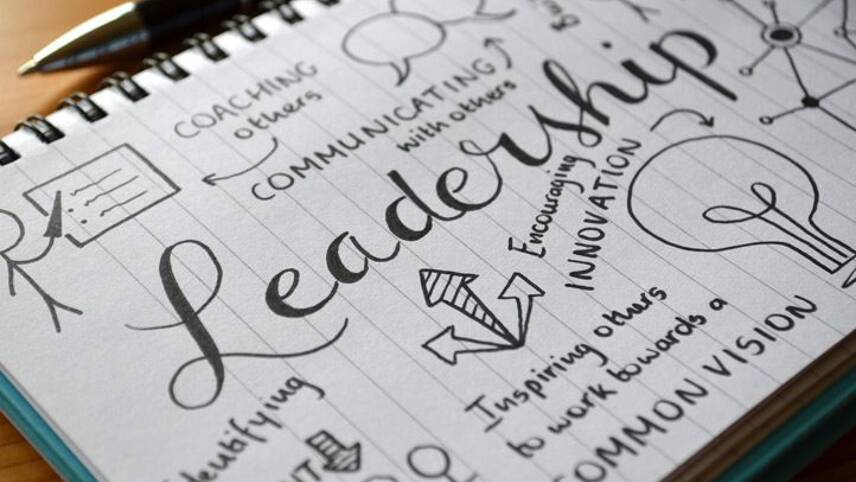Register for free and continue reading
Join our growing army of changemakers and get unlimited access to our premium content

Now, more than ever, sustainability must be at the heart of leadership. Fortunately, 91% of employees believe that their chief executive is engaged with sustainability, and 82% think that their organisation will have a year-on-year increase in sustainability ambition this year. However, ambition doesn’t always mean action. It’s up to sustainable leaders to drive this forward.
It’s a delicate balancing act for leaders, and implementing sustainable practices is easier said than done. Businesses face many challenges in their transformation journey, yet these four key steps will ensure that sustainable leaders thrive:
1) Communicate, learn, and educate
In its recent survey, edie found that the three most important skills and traits in future sustainable business leaders are the ability to motivate and empower others, collaboration skills, and genuine passion.
At their core, sustainability leaders are great communicators. Making employees, suppliers, customers, and investors engaged is the name of the game – simplifying the complexities of sustainability to gain buy-in across the board. They should also be adaptable learners. Keeping up with changing regulations and external factors, continuously feeding these back into environmental, social, and governance (ESG) strategy.
2) Collaborate with everyone – even your competitors
No single organisation can solve the climate crisis. It is no longer enough for businesses to focus on outperforming competitors or maximising profits. Instead, there is a growing need for organisations to collaborate.
Sustainable leaders must reframe their thinking to see competitors as allies in the fight against climate change. By collaborating, sharing best practices, and learning from each other, companies can make meaningful strides towards sustainability goals.
3) Be transparent
With progress towards ESG goals, companies must be able to “show their working”. With the increasing importance of reporting and maturity around sustainability, there are more external demands on companies to be transparent about what they’re doing. This transparency helps to eliminate claims of greenwashing and highlight sustainability wins.
4) Short-term action, long-term vision
One of the biggest challenges businesses face is accessing investment. With significant spending in technology, infrastructure, and talent, the return on long-term investments may not be realised for many years. This can make it difficult to secure buy-in from investors who may be focused on shorter-term gains.
By finding short-term projects with great payback potential, leaders can generate immediate cost savings and progress towards sustainability goals. The quick wins of these short-term projects, such as implementing smart building technologies and reducing energy consumption, lay the groundwork for long-term transformation.
Sustainability has become a crucial part of business operations. Sustainable leaders must work to embody key traits of the role, drive collaboration, be transparent, and balance short and long-term visions. Ultimately, there is much more work needs to be done. Climate change isn’t going to disappear overnight, and it’s up to sustainable leaders to push their organisations to make an impact.
Act now to combat the energy crisis. Request a free, remote energy assessment from Schneider Electric here.



Fully agree with you, great summary, thanks for sharing